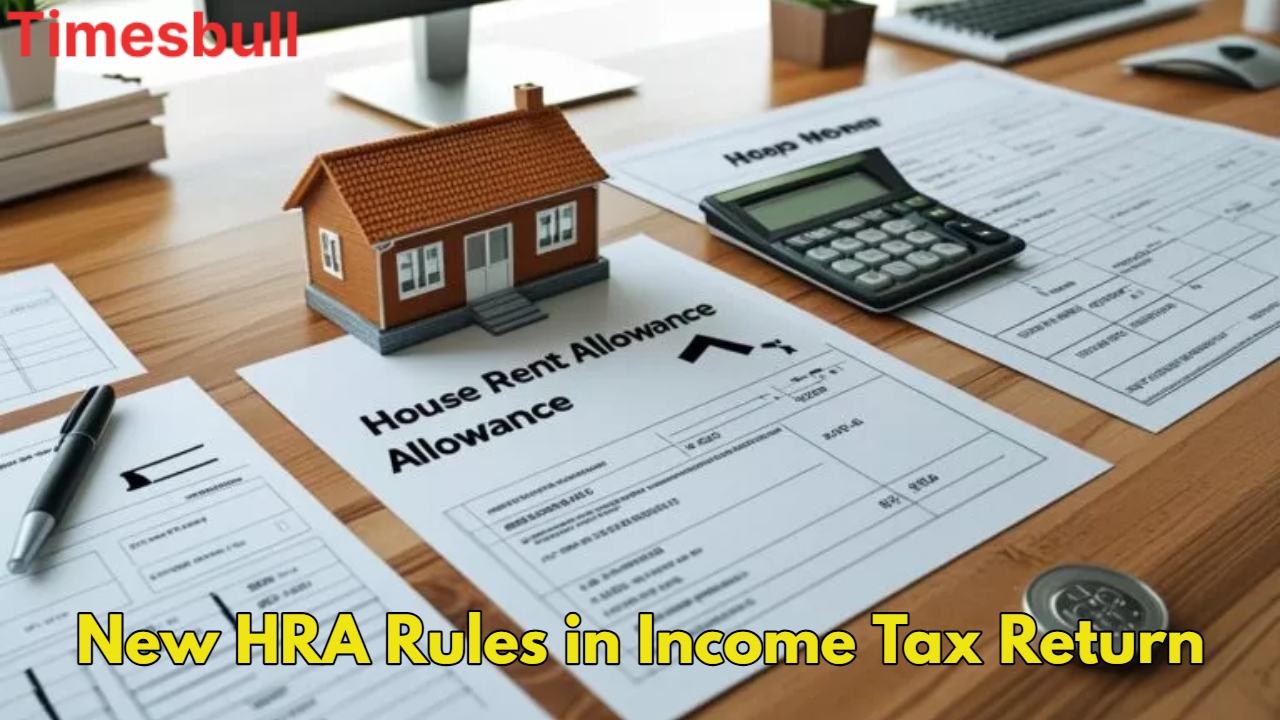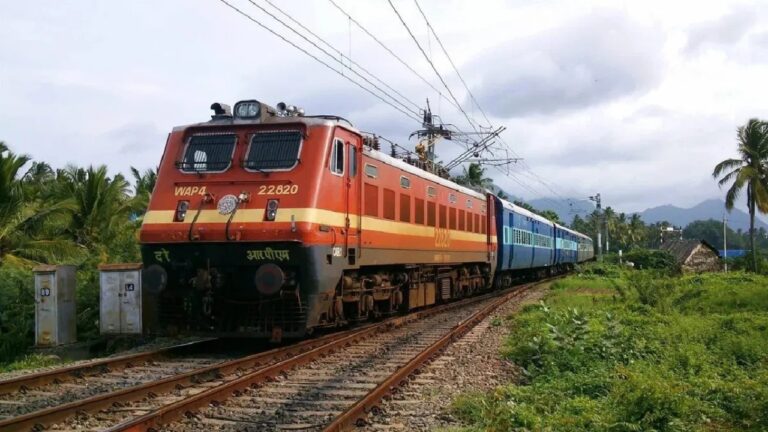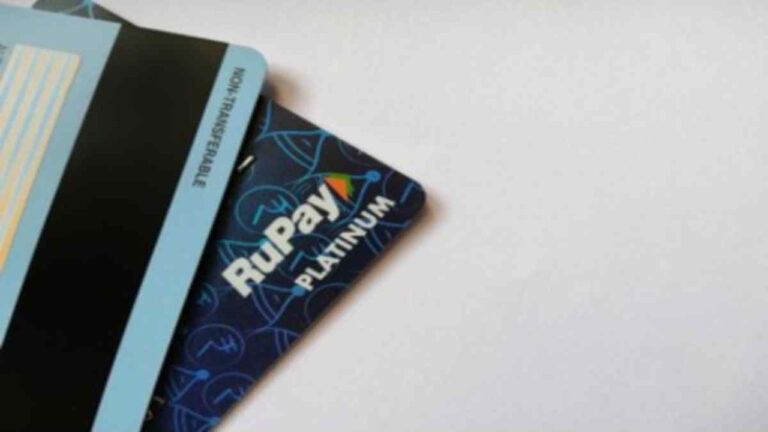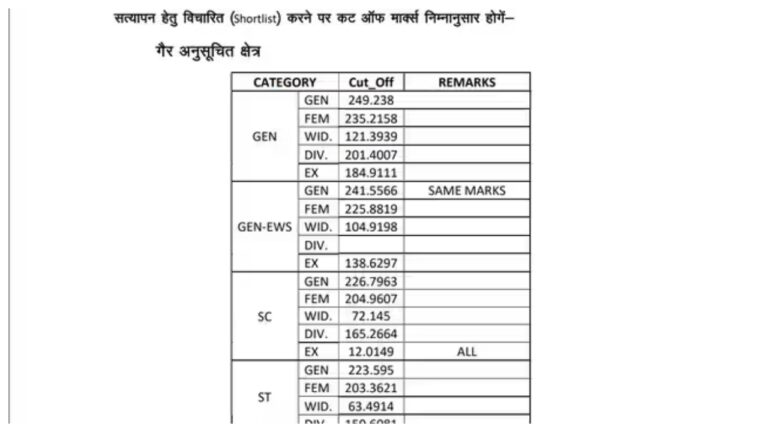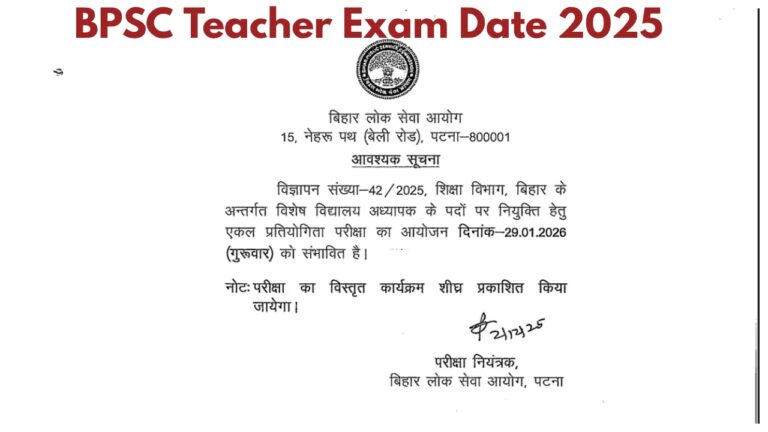HRA Rules: If you live in a rented house and avail of House Rent Allowance (HRA), then there is extremely important news for you. Some changes have been made to the rules for claiming HRA. Now you will have to provide some additional information in the new ITR-1 and ITR-4 forms (Income Tax Return Forms).
Many people have this question in their mind whether it is necessary to provide the PAN card of the landlord. Let us understand this change in detail so that you can avail of HRA without any hassle and take full advantage of the tax savings.
When is it mandatory to provide the landlord’s PAN card
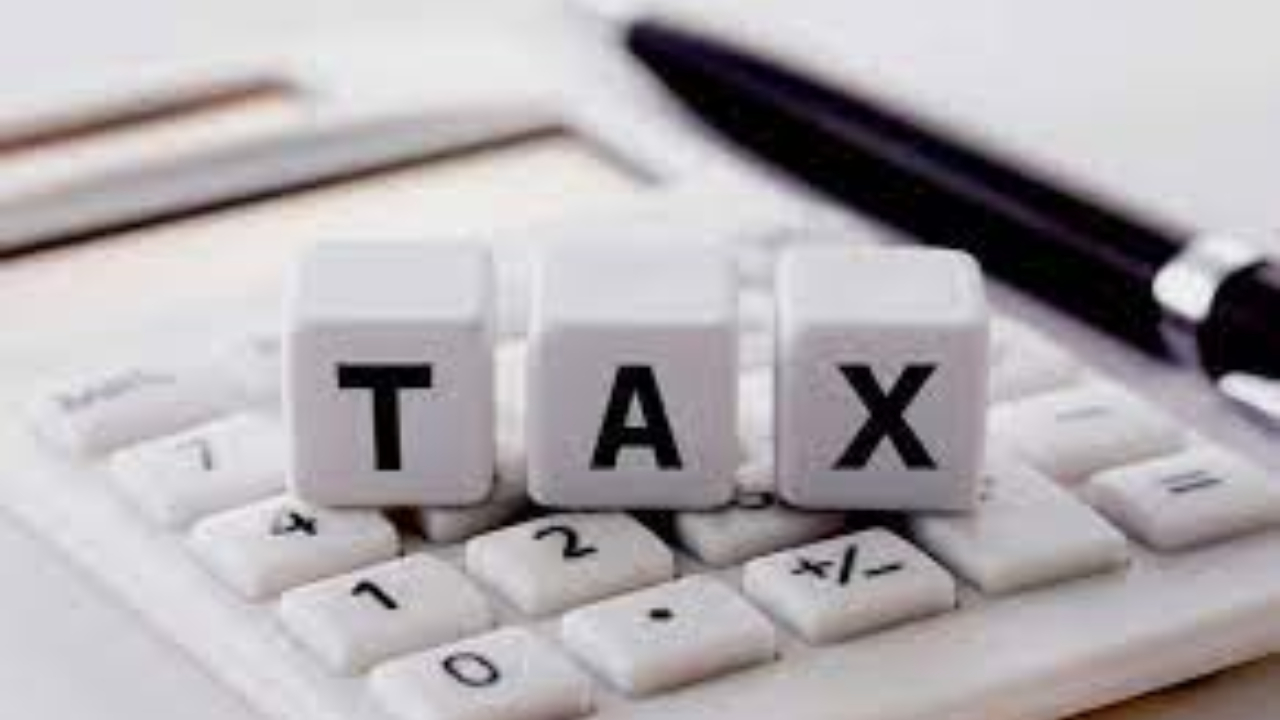
In some situations, it is mandatory to provide the landlord’s PAN card. This rule is directly related to your HRA exemption:
If you pay rent of more than ₹1 lakh annually (i.e. more than ₹8,333 per month), then it is necessary to provide the PAN number of the landlord.
If you do not do this, you will not get the benefit of HRA.
If you provide the wrong PAN number, you may also get a notice from the Income Tax Department and the benefit of HRA may be lost completely.
Earlier there was no separate place for HRA information in the online ITR form, but due to this year’s change, now this information has to be given specifically.
What are the changes in the new ITR form
In the new ITR Excel form, those claiming HRA will have to provide the following information:
This is the amount you have received as HRA from your employer.
This is the total rent you have paid to the landlord during the year.
Details of your basic salary and other allowances, as defined under section 17(1) of the Income Tax Act.
Why is a PAN card being asked for
The main objective behind this move of the government is to keep track of rental transactions and ensure that if you are earning income from rent, you are paying tax on it or not. This will help prevent tax evasion and bring transparency to the entire process.
Four important things to keep in mind while claiming HRA

If your monthly rent is less than ₹8,333 then there is no requirement to provide the landlord’s PAN number. Monthly rent between ₹8,333 and ₹50,000 (between ₹1 lakh to ₹6 lakh per annum): In this case, you must provide the PAN number of the landlord.
If your monthly rent is more than ₹50,000, then apart from providing the PAN number of the landlord, you will also have to deduct TDS (Tax Deducted at Source) on the rent. It will be your responsibility to deduct this TDS and deposit it with the government.
If the landlord does not have a PAN card, you will have to give an affidavit writing his name and address. But, if he has a PAN and is not providing it, you will not get the benefit of HRA.
